Earth to Witness a 'Second Moon' This Weekend: Everything You Need to Know About the Mini Moon
Get ready for a celestial event like no other! This weekend, scientists have announced that Earth will experience a rare phenomenon—a 'second moon' circling our planet. According to NASA, for nearly two months, this Mini Moon will be visible, and the world is already buzzing with excitement. Here’s everything you need to know about this extraordinary event and how you can catch a glimpse!
The World Will Briefly Have a "Second Moon" This Weekend: The "Mini Moon"
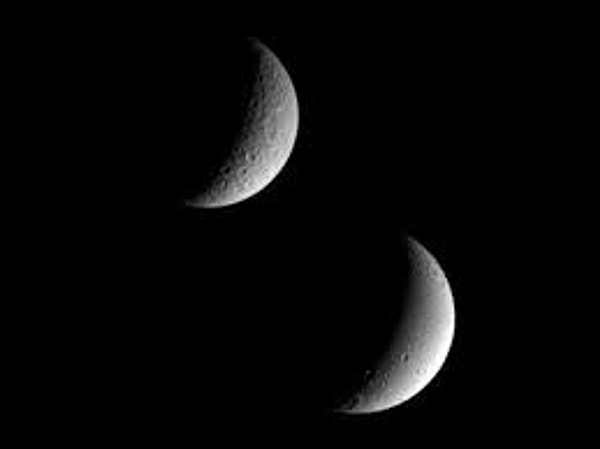
NASA scientists predict that starting from Sunday, September 29, 2024, Earth will temporarily capture an asteroid referred to as a 'mini moon.' This small asteroid, which will act as a second moon for a short period, mostly comes from an asteroid belt that follows Earth and is named '2024 PT5.'
How Long Will the Mini Moon Be the "Second Moon"?
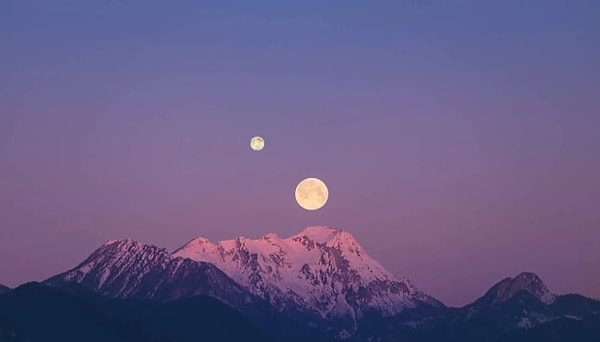
While Earth's primary moon has been orbiting for approximately 4 billion years, the mini moon will only stay around Earth for a brief period. Professor Carlos de la Fuente Marcos from the Universidad Complutense de Madrid, speaking to Space.com on Wednesday, discussed the capture process based on data from NASA's Jet Propulsion Laboratory Horizons system. According to Marcos, this temporary satellite capture will begin on September 29, 2024, and end on November 25, 2024.
What's the Difference Between the Mini Moon and the Real Moon?
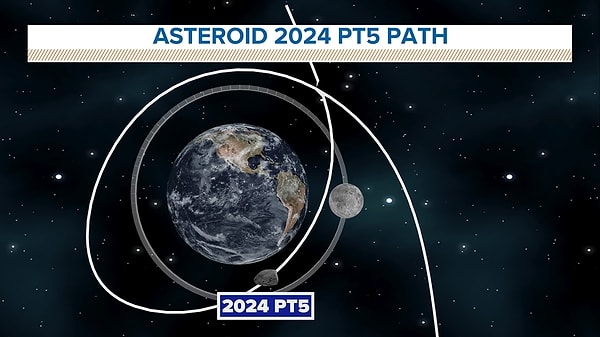
Although the Moon dominates Earth's night sky for at least half of each month, 2024 PT5 will not be visible to the average sky watcher. Professional astronomers, however, may be able to capture some images of this temporary alignment. The main reason for this is the vast size difference between the two bodies. The Moon's diameter is 2,159 miles (3,475 km), while 2024 PT5 is estimated to be only 37 feet wide. This means the Moon is a staggering 308,108 times larger than the asteroid 2024 PT5.
Will the Mini Moon Be Visible?

Unfortunately, the mini moon won’t be visible to the naked eye. Professional equipment will be required to observe this unique event. To view the mini moon, you’ll need at least a 30-inch diameter telescope and a CCD or CMOS detector.
The Idea of Earth Having a Second Moon Might Seem Odd

However, such gravitational captures are fairly common. The celestial object visiting Earth belongs to an asteroid belt known as the Arjuna group. This belt is made up of space rocks that move in orbits similar to Earth's and are located about 93 million miles (150 million kilometers) from the Sun.
The Mini Moon Won’t Even Complete a Full Orbit Around Earth!
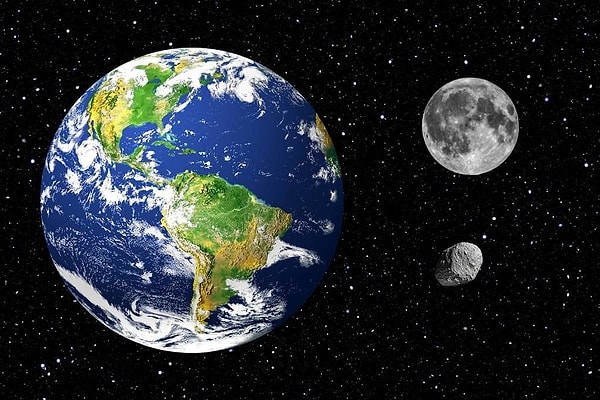
Some objects from the Arjuna asteroid belt can approach Earth as close as 2.8 million miles (4.5 million kilometers) at speeds slower than 2,200 miles per hour (3,540 km/h). However, the 2024 PT5 asteroid will not complete a full orbit around Earth. After circling Earth for a short period, the asteroid will continue orbiting the Sun as part of the Arjuna asteroid family.
2024 PT5 Isn’t the First: Earth Has Captured Other Asteroids Before, Turning Them into Mini Moons!
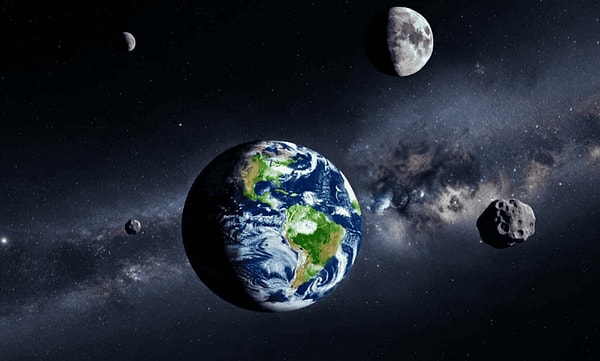
Scientists have previously documented a type of asteroid capture event that lasts about a week and is thought to happen several times every decade. Moreover, two rarer 'long-term capture' events have been observed, where captured asteroids remained in Earth's orbit for years, completing one or more full orbits around Earth.
Keşfet ile ziyaret ettiğin tüm kategorileri tek akışta gör!


Send Comment